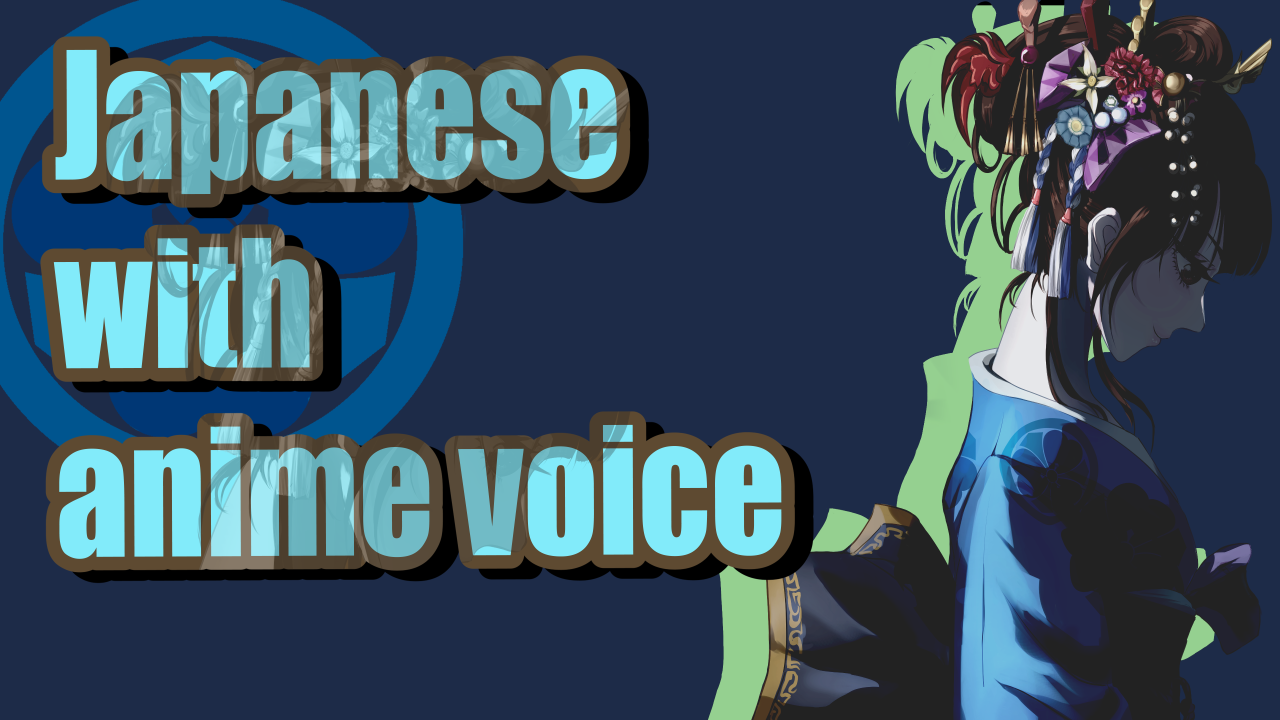Japanese with anime voice: episode78
Hello, I’m Sachi.
June 19, today is 元号 (Gengo) Day. Gengo is a traditional Japanese system of year names used to indicate the length of an emperor’s reign. Nowadays, 令和 (Reiwa) is the Japanese 元号 (Gengo). The first Japanese 元号 (Gengo) was “大化 (Taika)”. 大化 (Taika) June 19 was the first 元号 (Gengo) in Japan, which is why the anniversary was established.
It is believed that the establishment of 元号 (Gengo) served as a strong statement of will to build up the nation by themselves. We call this Japanese 元号 (Gengo) 和暦 (Wareki). The standardized Western system of chronology, which has become commonplace in modern times, is called 西暦 (Seireki) in Japanese. In this year, 2024 is 西暦 (Seireki).
In Japan, when writing dates on official documents, there is a mixture of 和暦 (Wareki) and 西暦 (Seireki). It was the same when I was an accountant at my former company. I once wished they would unify the two because it would be too complicated, but now that I think about it, 和暦 (Wareki) is still very important. The word “和暦 (Wareki)” represents the country of Japan. Therefore, I feel that forgetting “和暦 (Wareki)” means to lose the spirit of one’s own country. So, no matter how complicated it is, I want to keep “和暦 (Wareki)” in mind.
Each gengo in this wareki has a wish.
Before 令和 (Reiwa), it was 平成 (Heisei). 平成 (Heisei) is a wish that peace will be achieved. I liked the name “平成 (Heisei)” a lot. When I learned the meaning of “平成 (Heisei),” I thought maybe that’s why I liked it so much. 令和 (Reiwa) is said to express the wish that a culture is born and nurtured through people’s beautifully gathered hearts. I can understand this meaning when I look at the Kanji characters of the 元号 (Gengo) “令和 (Reiwa)”.
I thought that if I could, I would try to read out all the names of Japanese 元号 (Gengo), from 大化 (Taika) to 令和 (Reiwa), but after research, I realized that would be a foolhardy attempt. How many do you think there are? There are 247th from 大化 (Taika) to 平成 (Heisei). The 元号 (Gengo) of 令和 (Reiwa) is now the 248th one.
The reason why there are so many 元号 (Gengo) in the first place is that the rules for changing 元号 (Gengo) were different in the past than they are now. The previous four 元号 (Gengo) was called 明治 (Meiji). At that time, the rule was changed to ‘When the emperor ascends to the throne, the new Gengo will be used. Before 明治 (Meiji), 元号 (Gengo) was changed when something bad happened, such as an earthquake, fire, or natural disaster followed by a bad harvest, or conversely, when something good happened, such as the appearance of beautiful clouds or the discovery of a rare tortoise with a Big Dipper-like pattern on its shell. In other words, changing the “元号 (Gengo)” was meant to reset the previous era and start from scratch. Still, I think it is too simple to say that a tortoise with a rare shell was found. Moreover, I wonder who found it and who decided to change 元号 (Gengo) because of it.
Japanese people also use 元号 (Gengo) to express the way they think and perceive people. The 昭和(Showa) era, when I was born, was very long. So, as far as 昭和(Showa) is concerned, things change a little bit between the beginning and the end of 昭和(Showa). But it is the change of 元号 (Gengo) that completely divides us.
People born in Showa and those born in Heisei have completely different senses and ways of thinking. Therefore, the way of thinking and style are expressed as “昭和(Showa)-ish” or “平成 (Heisei)-ish. Therefore, when you make an anachronistic statement, they say that it is a completely 昭和(Showa) way of thinking, or conversely, those born in 昭和(Showa) say that they do not understand what those born in 平成 (Heisei) are thinking. The times are changing, so both sides are right and wrong. However, I think this unique Japanese expression is interesting.
Even in 西暦 (Seireki), when people say 80s or 90s, it is implicitly understood that they are talking about the 1980s and 1990s, because that is now. However, if you think about it, when in the period of 2000 years are we talking about the 80s and 90s? But in the case of 元号 (Gengo), it is clear when it refers to the era, because not one out of 248th 元号 (Gengo) is the same. Well, that is also an expression of people of the current era, though people before 昭和(Showa) may not have used such an expression.
Anyway, Japanese 元号 (Gengo) means that it is deeply rooted in the Japanese people in every way in everything. So today, I would like to end by congratulating the first 元号 (Gengo) in Japan. I think I’ll drink some sake today.


